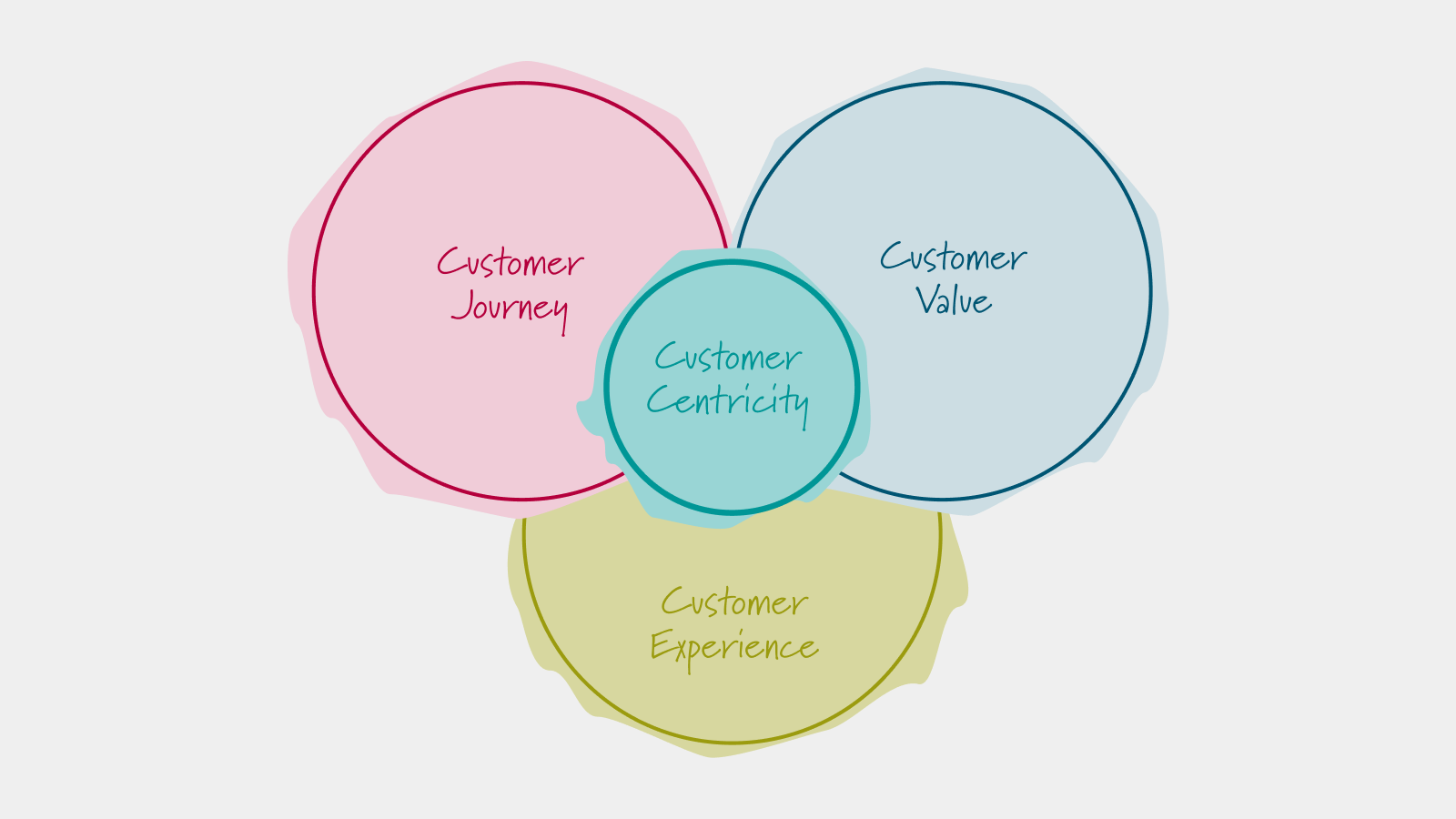
Key Performance Indicators in Professional Service Firms
A case study about key performance indicators in professional service firms

Oliver Grasl
16.1.2013
A case study about key performance indicators in professional service firms
I would like to start the new year by summarizing the old - at the beginning of December we participated in the Winter Simulation Conference here in Berlin, transentis was one of the sponsors and exhibitors at the conference. I also presented an industry case study on Key Performance Indicators (KPIs) for professional services firms.
Key Performance Indicators (KPIs) are typically used to measure the performance of a firm both at the strategic and operational levels. KPIs often form the basis of a firm’s goal management system: Each KPI is assigned and owner in the firm’s top management, who is then responsible for reaching a particular target.
This case study shows that in order to find realistic targets for KPIs the firm’s management needs a clear understanding of how the KPIs really measure the firm’s performance, how they depend on each other and how KPI targets need to change over time in order to ensure the firm’s ultimate goals are reached.
Our client in this case is a successful IT professional service firm that approached us because they wanted to find ways of increasing their growth rates organically. We took a holistic approach to analyze the firm’s business model and KPIs using System Dynamics. The case study illustrates this using concrete examples, in particular regarding KPIs such as the firm’s leverage, the average fee, the utilization, and the profit margin.
Download the slide deck .
Workshops
Resources
All Rights Reserved.


